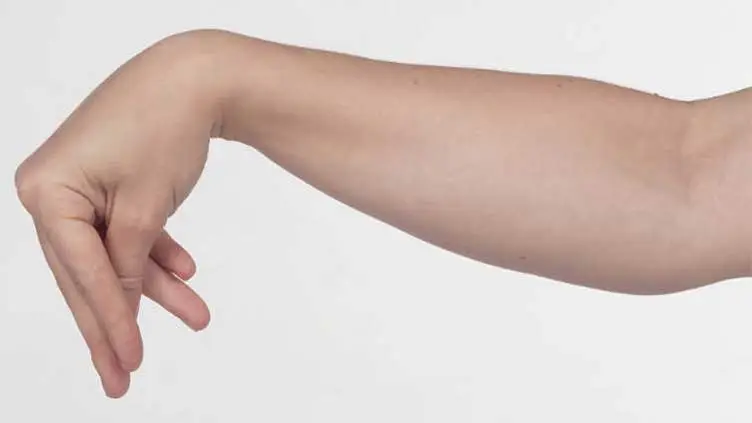ISLAMAABAD, Sep 26(ABC): Tetany can throw people who aren’t feeling normal — and sometimes their doctors — for a loop. In general, tetany involves overly stimulated neuromuscular activity.
Tetany is an involuntary muscle cramp or spasm due to abnormal alterations in the body’s electrolytes (especially calcium). It can range from mild cramping of the arms or legs to dangerous changes in heart muscle function.
While the names sound similar, tetany is not the same as tetanus, which is a bacterial infection from contaminated cuts that causes dangerous full body nerve stimulation.
Tetany is a symptom. Like many symptoms, it can be brought on by a variety of conditions. This means that it’s sometimes difficult to find what’s causing this symptom.
While there are effective treatments for the condition, preventing it often depends on pinpointing what caused it in the first place.
What does tetany look like?
Tetany causes involuntary muscle cramps and contractions, most often in the hands and feet. But these spasms can extend throughout the body, and even into the larynx, or voice box, causing breathing problems.
Severe episodes can result in:
• vomiting
• convulsions
• serious pain
• seizures
• heart dysfunction
Trousseau signTrusted Source can be a sign of early tetany caused by low calcium. This is a spasm of the wrist and thumb that can happen when a blood pressure cuff is used on the arm. It can be subtle, but sometimes it’s obvious.
What causes tetany?
Tetany is a type of abnormal muscle stimulation. It can be the result of an electrolyte imbalance. Most often, it’s a dramatically low calcium level, also known as hypocalcemia.
Tetany can also be caused by magnesium deficiency or too little potassium. Having too much acid (acidosis) or too much alkali (alkalosis) in the body can also result in tetany. There are numerous medical conditions and medications that can cause mild to severe electrolyte imbalances.
For instance, hypoparathyroidism is a condition in which the body doesn’t create enough parathyroid hormone. This can lead to dramatically lowered calcium levels, which can trigger tetany.
Sometimes kidney failure or problems with the pancreas can interfere with calcium levels in the body. Low blood protein, septic shock, and some blood transfusions can also adversely affect blood calcium levels. Toxins may also cause tetany.
How is tetany treated?
Sometimes tetany develops when someone has a known risk factor, such as parathyroid disease. But it can also be a sign of conditions like kidney failure, and blood tests can usually quickly identify the specific electrolyte abnormalities.
In the short term, treatment goals are to correct the imbalance. This might include supplementing with calcium or magnesium, for example. Injecting calcium directly into the bloodstream is the most common approach.
However, taking calcium orally (along with vitamin D, for absorption) may be required to prevent it from reoccurring for people who are at risk.
Once a doctor determines what was at the root of the tetany, they may consider therapy for the underlying cause. For instance, if a parathyroid tumor is to blame, it can be surgically removed.
In some cases, such as kidney failure, ongoing treatment with dialysis may be required to treat the condition that led to the tetany.

